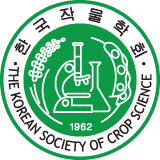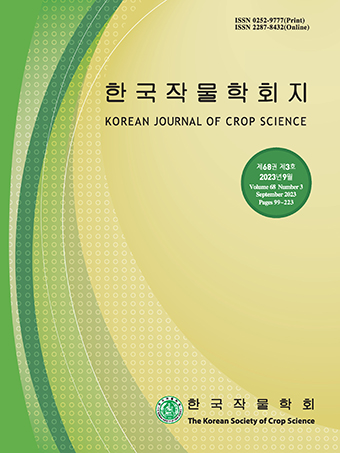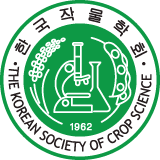Original Research Article
Abstract
References
Information
Zafirova, T., C. Christov, and V. Iliev. 1987. The influence of some growth regulators on the sunflower production. In Proceedings of the International Symposium of Plant Growth Regulators, Lilov, D., G. Vassilev, C. Christov, A. T. Sofia, Bulgaria and M. Popov (eds.), Institute of Plant Physiology pp. 797-800.
- Publisher :The Korean Society of Crop Science
- Publisher(Ko) :한국작물학회
- Journal Title :The Korean Journal of Crop Science
- Journal Title(Ko) :한국작물학회지
- Volume : 63
- No :3
- Pages :265-271
- Received Date : 2018-04-18
- Revised Date : 2018-08-24
- Accepted Date : 2018-09-03
- DOI :https://doi.org/10.7740/kjcs.2018.63.3.265




 The Korean Journal of Crop Science
The Korean Journal of Crop Science








